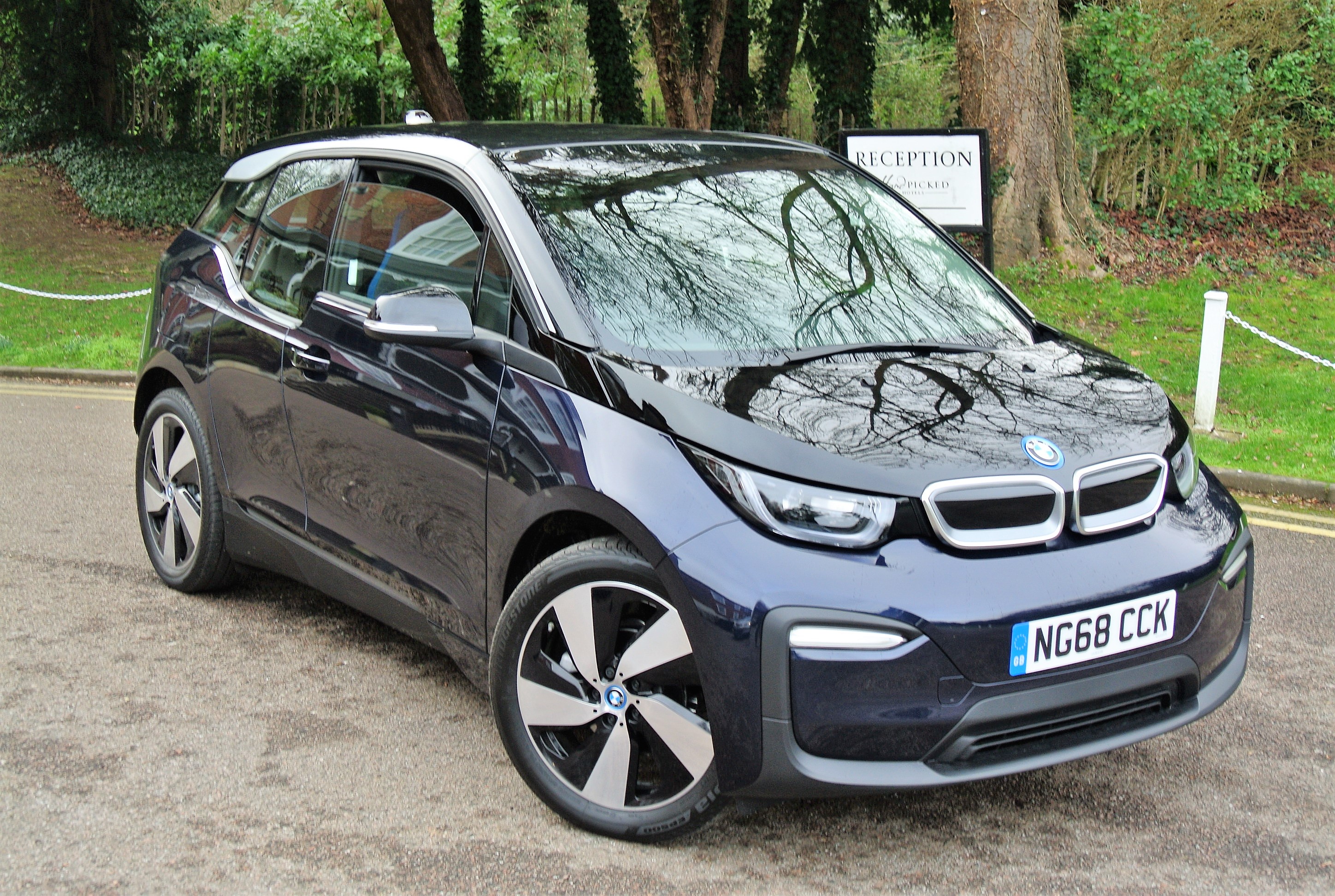
Unconventional, no matter how long you stare at it, no matter how long you drive it, and the BMW i3 is weird. Of course, weirdness is part and parcel of venturing down a route to non-fossil fuelled mobility. It is a means of attracting attention, which is appealing to some ‘eco-heroes’, but is also inherent to a vehicle that has been designed from the ground up to provide as close to a clean and green motoring premise as possible.
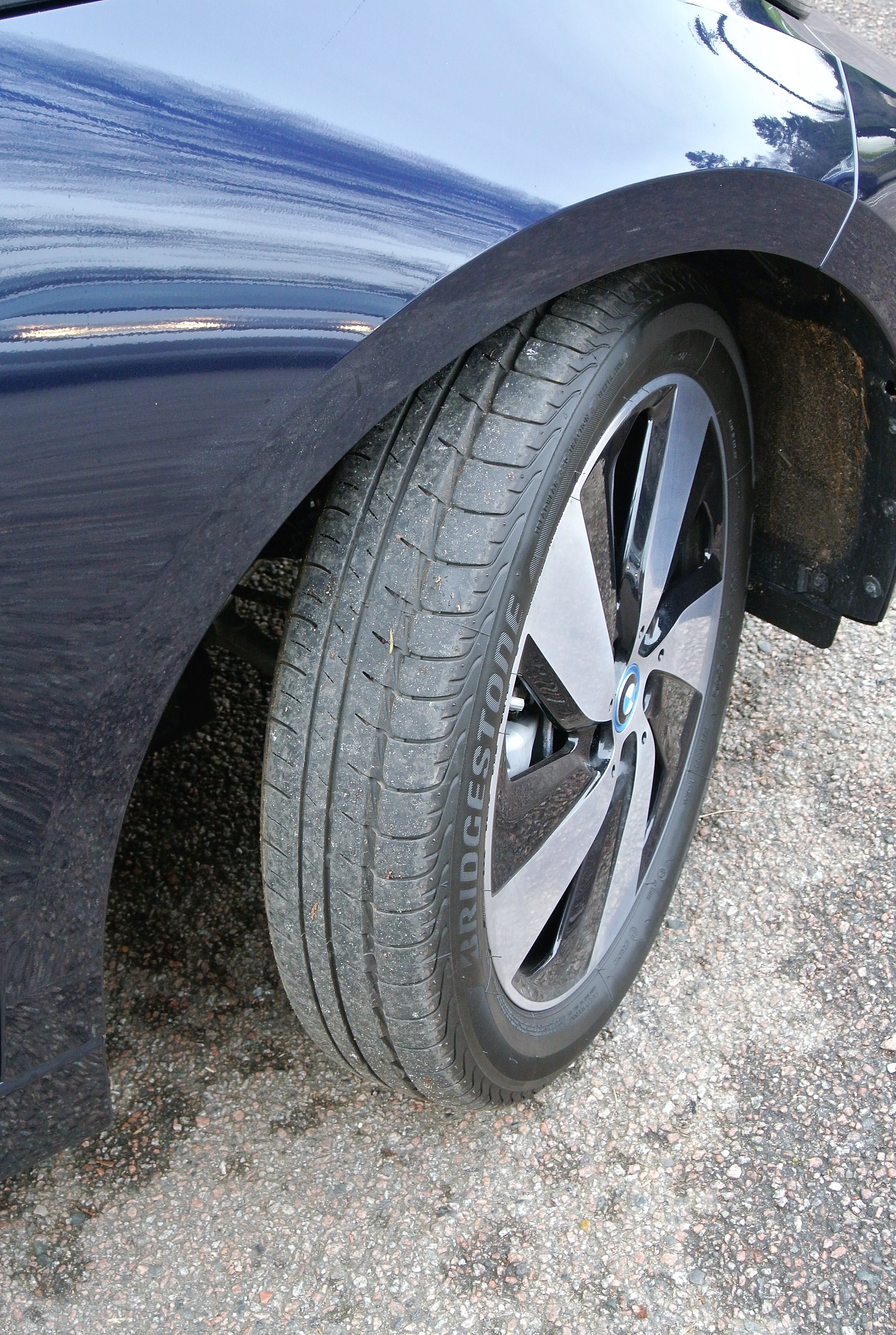
The i3 is skinny, not just in its specially developed, Bridgestone ultra-narrow tyres and lightweight 19.0-inch diameter alloy wheels, but also in its unusual five-door body. On a protective surrounding frame that is not dissimilar to that employed on the steel-framed smart car, produced entirely from lightweight carbon-fibre instead, BMW hangs what it calls ‘coach’ doors from its framework. Largely conventional front doors, which need to be opened to ‘release’ the rear-hinged and unconventional (unless you owned a Rover 90 in 1960) back doors, open and close ‘clap-hands’ to reveal a very style-conscious interior.
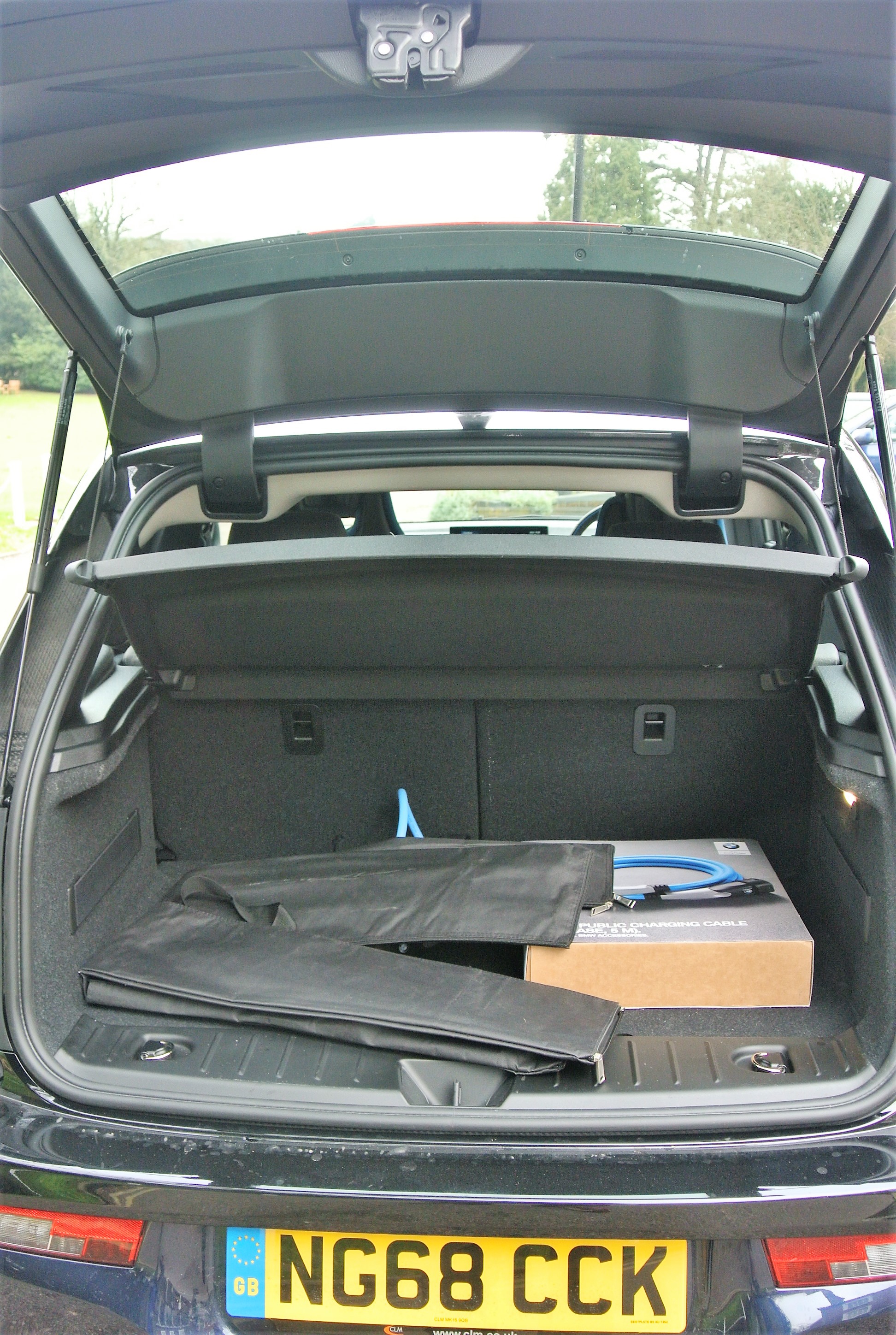
Having called the i3 weird, I should clarify by stating that it is also very cute, none more so than in its wonderfully designed interior. It may be an abbreviated BMW but as BMW is also a watchword for judiciously designed accommodation, the cabin is unerringly airy and roomy with 260-litres of extendible boot space. The inevitable unconventionality extends to the pair of screens serving as main instrumentation ahead of the driver and sat-nav and connectivity in the top-dead-centre of the eminently practical dashboard.
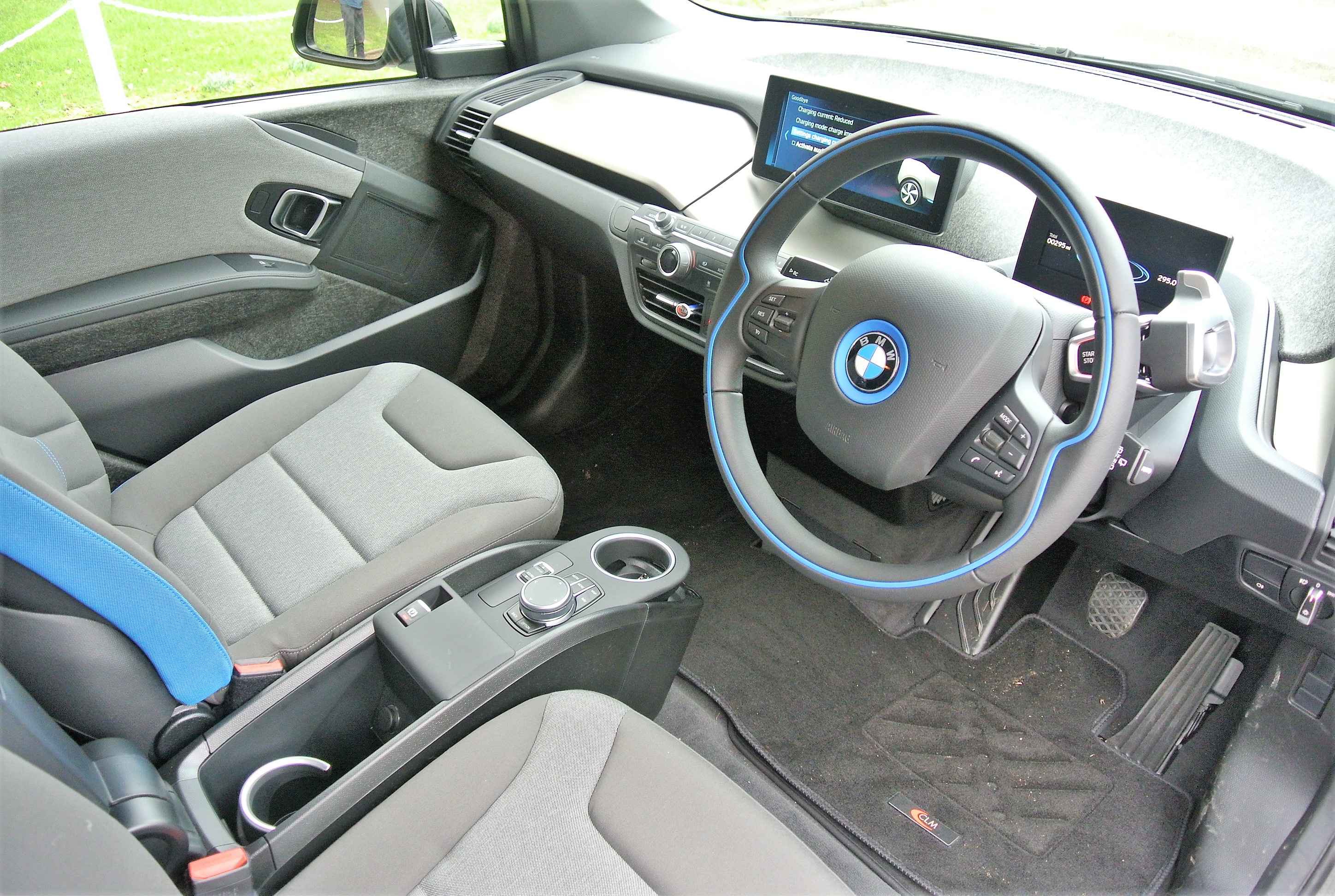
If the trim materials look different, it is because they are different. BMW’s original remit, which has set a standard for all other EVs, was to avoid any element of the car’s construction that requires fossil-fuels to make it. As a result, even the cloth upholstery, known as ‘Kenaf’, is produced from the rapidly renewable malva plant that allows it to be a remarkable 30% lighter and more durable than regular fabrics. The sparse application of eucalyptus wood trim is provided by sustainable plantations, the wood requiring around 90% less processing than any other. If leather is specified, it is tanned using olive leaves in a totally eco-friendly manner.
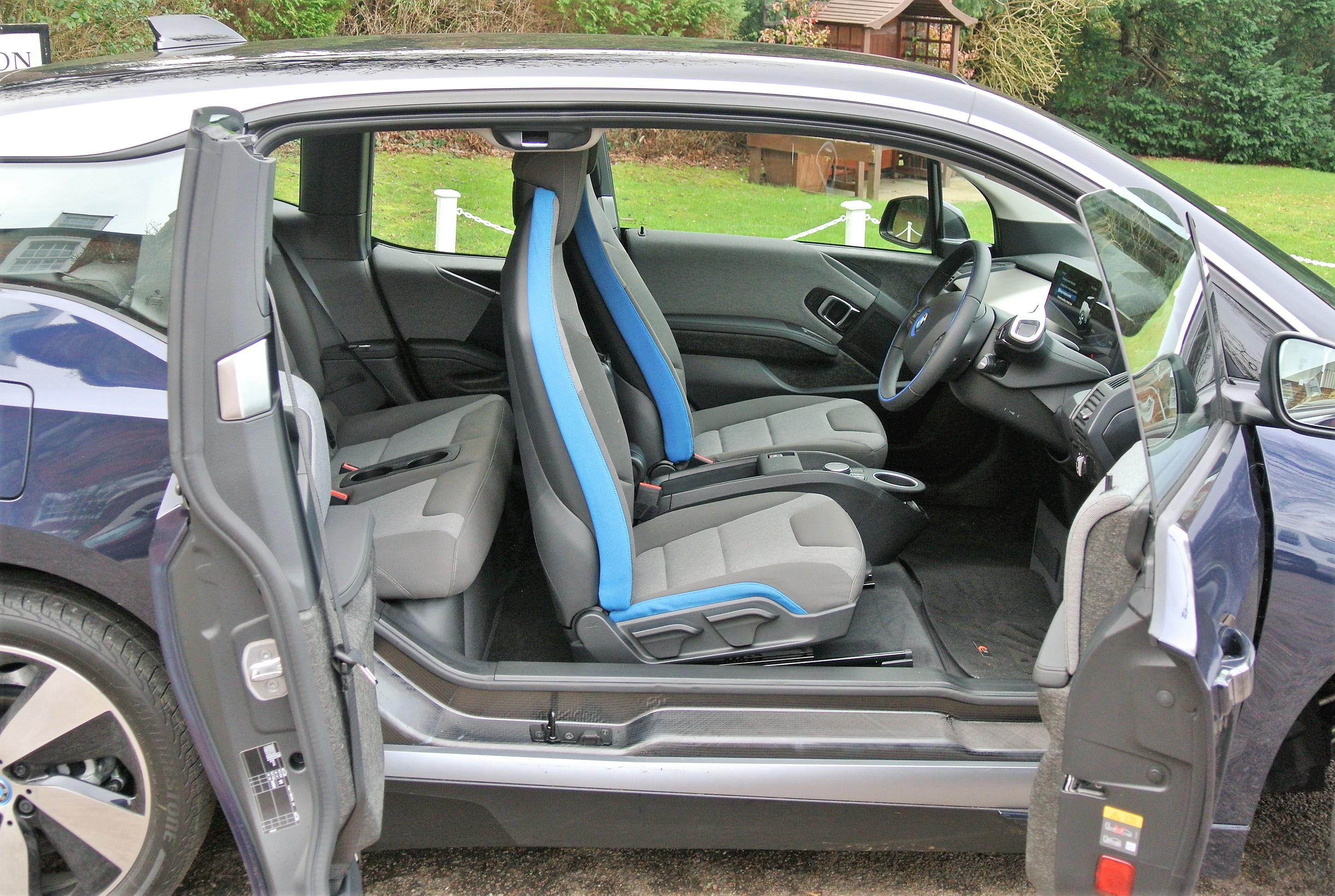
You see, the whole point of travelling down an eco-route must be to preserve, conserve and sustain resources and BMW lives up to the idyll. The latest all-electric i3 (also available in punchier i3S form) is easy to familiarise. The main shift controller is a chunky device on the right-side of the steering wheel, where the push-to-start button is also located. Select ‘Drive’ and the full experience becomes clear.
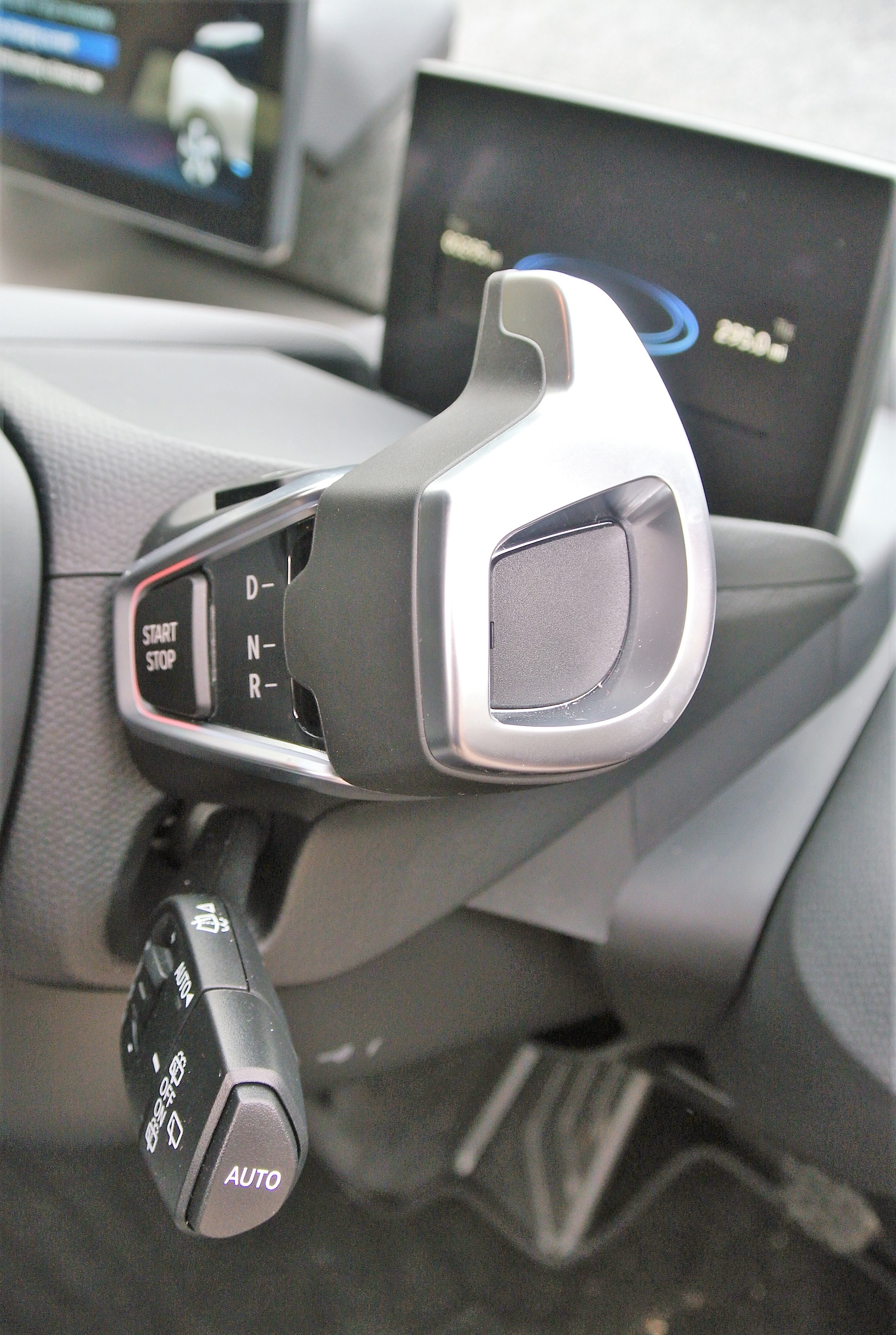
Throttle control is smooth and the i3 will breach the 0-60mph benchmark in a bristling 7.0s, thanks to a 167bhp and 184lbs ft of instant torque from its 120Ah Lithium-ion battery pack. Throttle-off induces brake energy-recovery that also slows the car significantly, reducing a planned reliance on the brakes. Its ride quality is firm but sporty and grip levels are outstanding.
